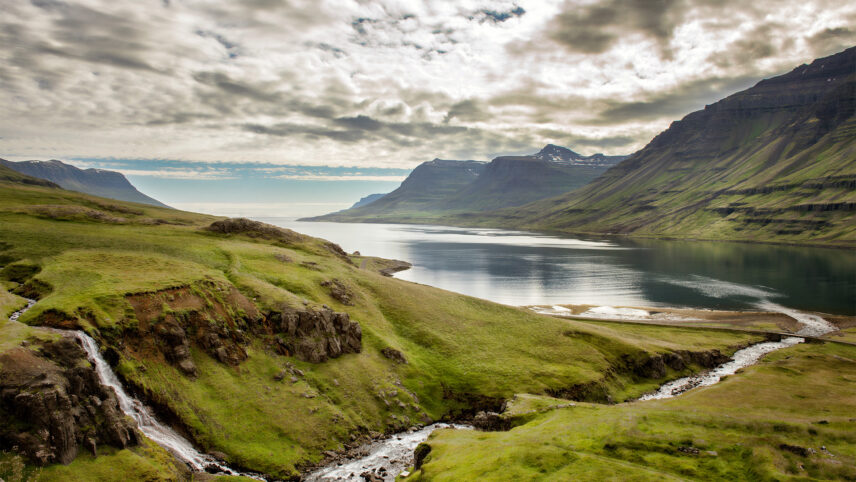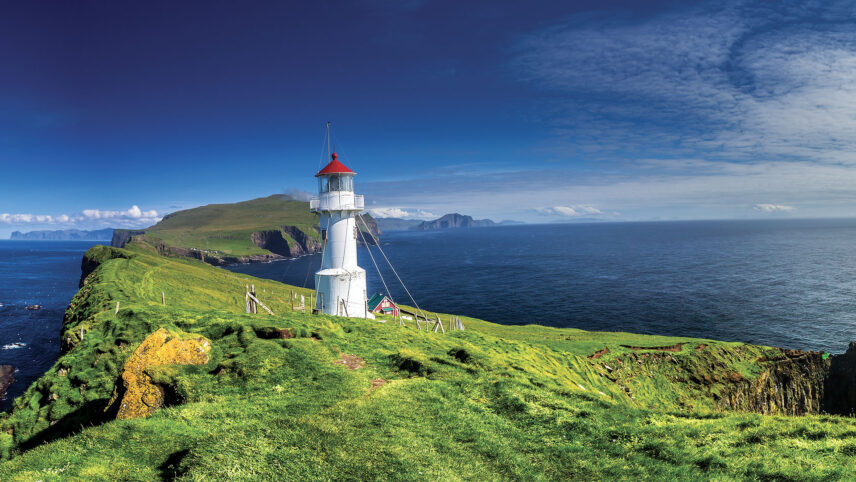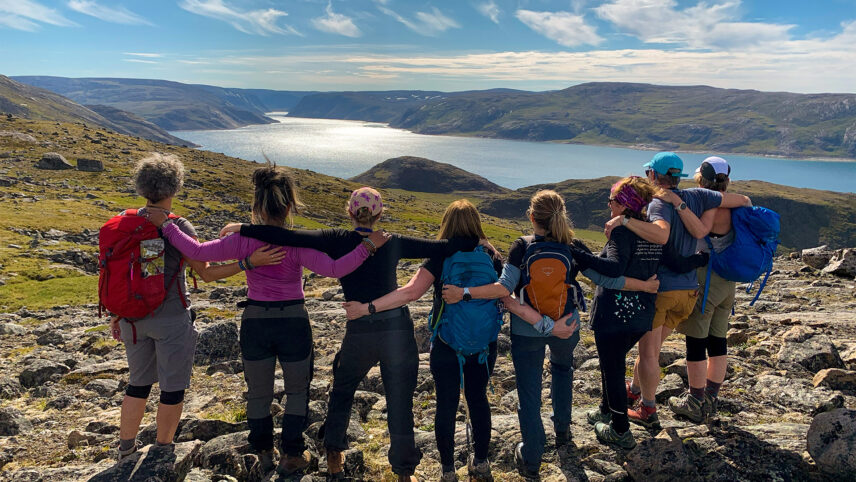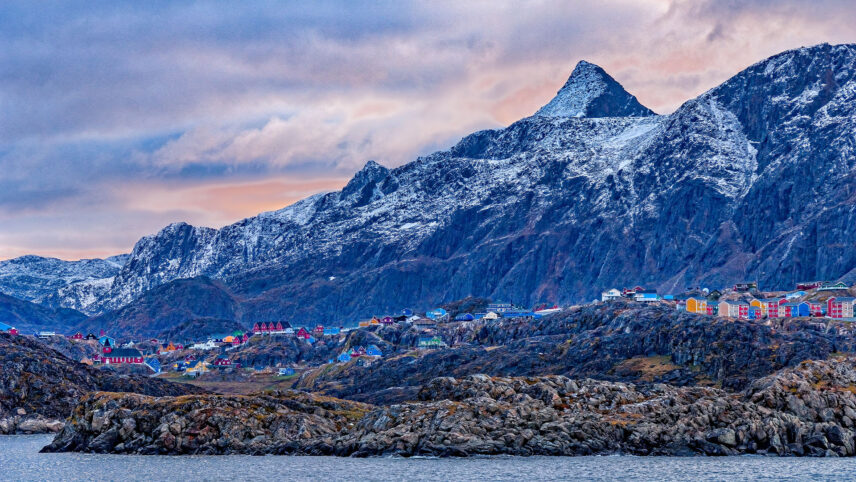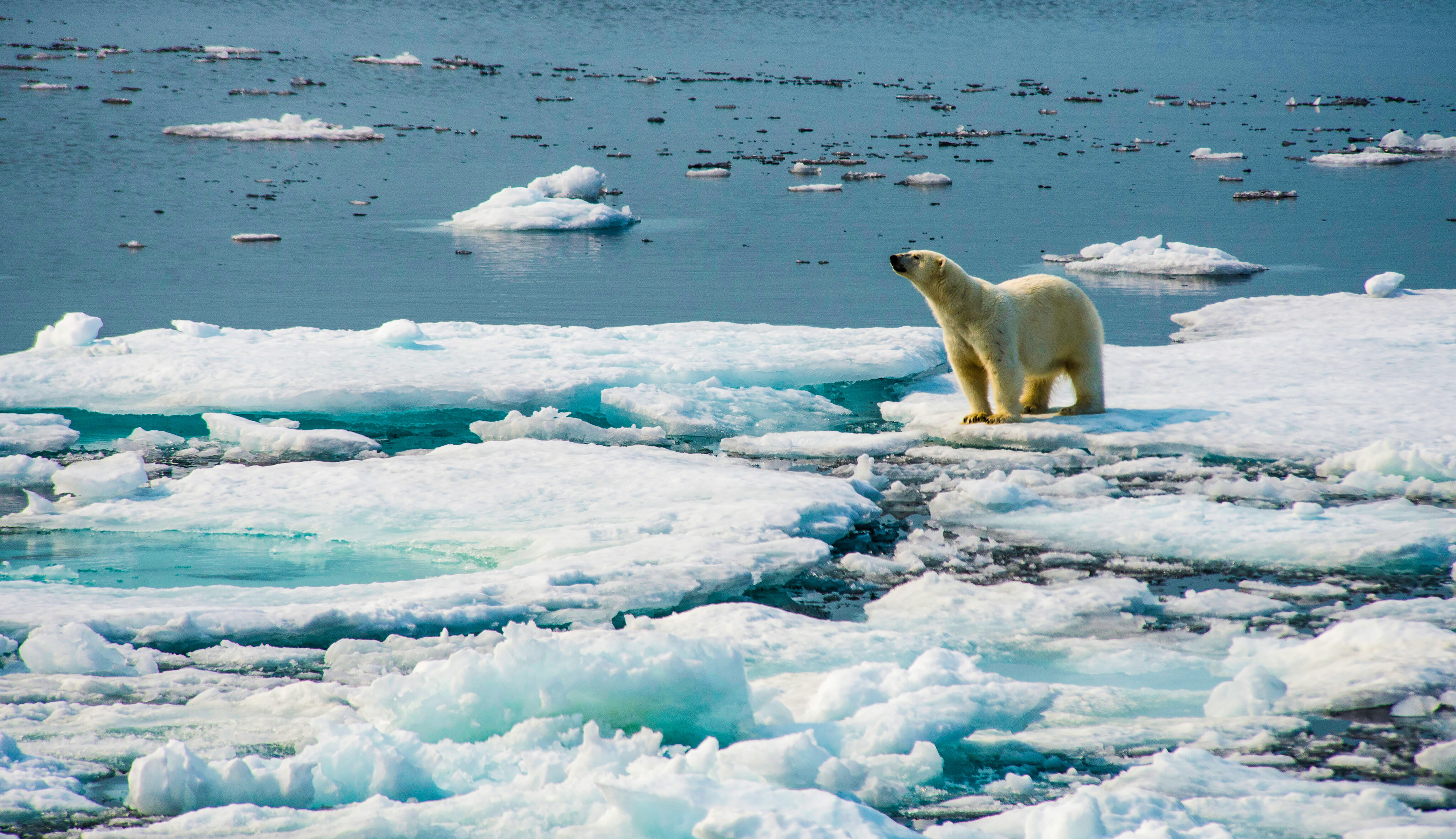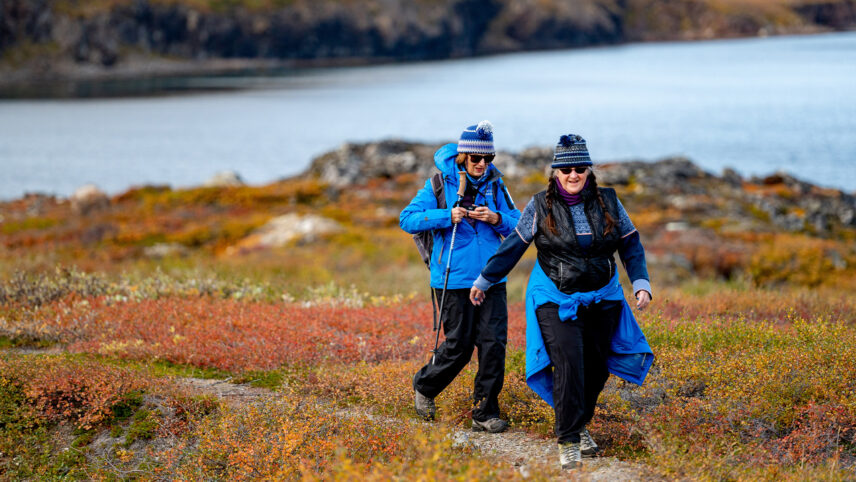

Trip Overview
Departures
Trip Dates + Prices
Duration
12 Days
Activities
Boating/Rafting
Cultural
Hiking
Small-Ship Expedition
Wildlife Viewing
Physical Rating
Easy
Be the First to Know
Interested in this trip? Get on the list for exclusive information and updates.

Photo Credit: Cline Owen

An Atlantic Island Odyssey
Explore craggy shorelines and French culture on this epic adventure where we visit four of Canada’s provinces and a little bit of Europe all in one trip (St. Pierre and Miquelon is a colorful French archipelago south of Newfoundland). The trusty Ocean Endeavour is our floating home, and we venture out by Zodiac to count puffins, kittiwakes and razorbills along the coast. Shore landings give us a chance to stretch our legs on hikes of varying challenge levels, or sip a café au lait with a side of local music.
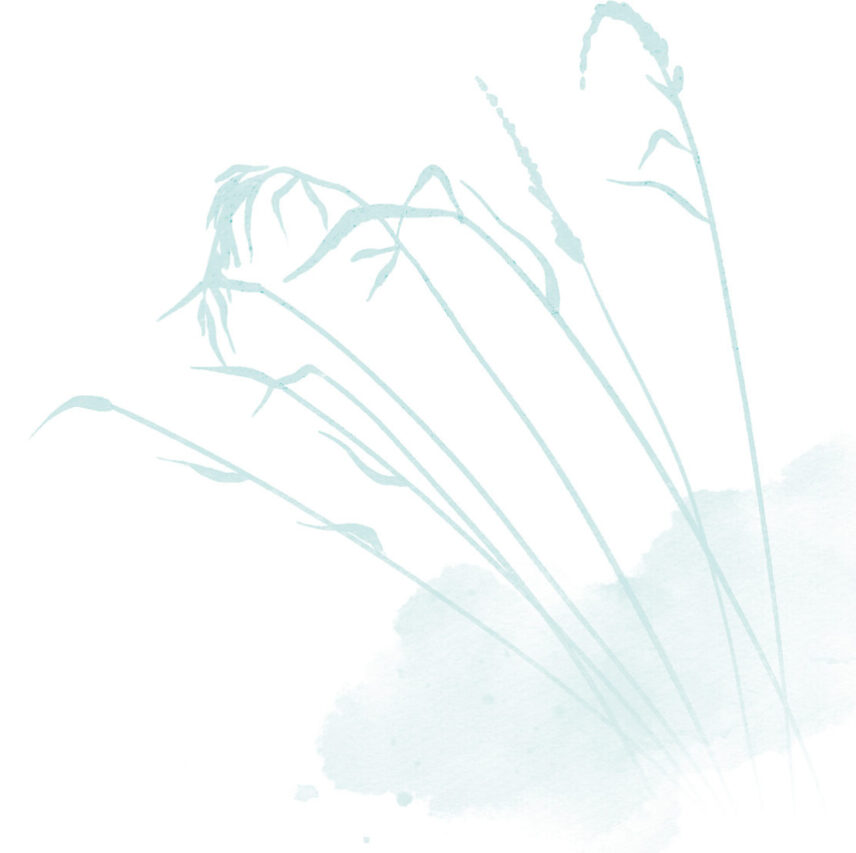
Culture Meets Untamed Wilderness

It’s Wild Out There
Together, we track the renowned wild horses of Sable Island over sand dunes that also shelter over 350 bird species, while the shoreline is dotted with curious gray seals. We visit Bird Island, a birder’s utopia, and home to North America’s largest colony of great cormorants. Stay alert on deck as we cruise, on the lookout for the blows of minke or pilot whales, and join other citizen scientists to record wildlife sightings in the Gully Marine Protected area, which is the largest underwater canyon in the Western North Atlantic.
I was charmed by the entire experience, from meeting one of my favorite authors, Margaret Atwood, to kayaking in a fjord, and SO much more! Full disclosure, I ate bacon every morning for breakfast—something I would never do at home—and did not gain weight! Must be some kind of magic in the North Atlantic air…”
Elizabeth K.

Itinerary
-
Day 1
St. John’s, Newfoundland
Come from Away
Newfoundland is a notoriously welcoming province, and the city of St. John’s opens its arms to those who “come from away.” This is our starting point, where we board the Ocean Endeavour and begin our journey east through the Narrows to exit the harbor of Canada’s oldest, and arguably the most colorful, city. Watch for locals and tourists alike, madly waving from the iconic Signal Hill as we head out to sea to begin our voyage.
Included Meals
All on-board meals
Accommodations
Your cabin on the Ocean Endeavour
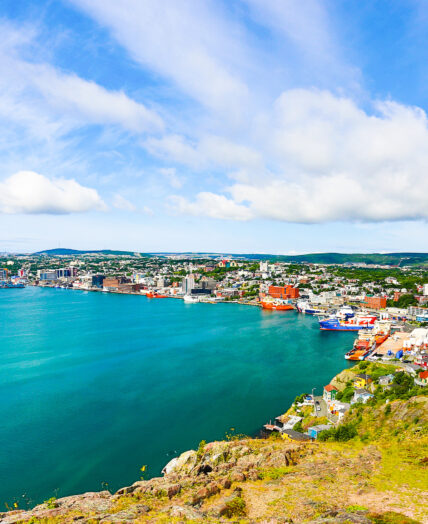
-
Day 2
At Sea
Do you see what I sea?
The ocean is full of life, and we have ample opportunities today to scan the seas and skies today in search of fins and feathers. We also learn from our expert Expedition Team as they share their knowledge of the dynamic history and ecology of Sable Island, one of Canada’s furthest offshore islands.
Equipped with all the information we need to safely observe the wild horses, birds and gray seals that call Sable Island home, we tuck into our cozy bunks with all the anticipation of a kid on Christmas Eve.
Included Meals
All on-board meals
Accommodations
Your cabin on the Ocean Endeavour
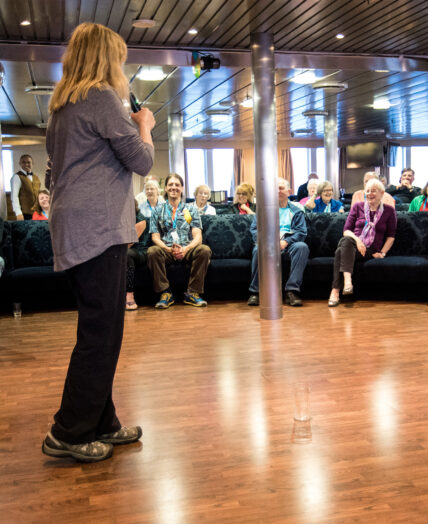
Photo Credit: Danny Catt
-
Days 3–5
Sable Island
A smile in the Sea
With three full days to take in the wild wonders of Sable Island, on foot and by Zodiac, we have a good chance of observing some of the roughly 500 horses, 350 bird species and abundant gray seals that make the island their home. Sable Island is a small crescent-shaped sandbar that looks like a smile in the sea, also known as the “Graveyard of the Atlantic” for the many ships that have run aground on the shifting sands surrounding the island.
Choose to comb the beach, amble amongst the low-lying grasses and ponds or hike to the top of Bald Dune, the highest point of the island at 91 feet (28 m). At the end of each day, we return to our home on the Ocean Endeavour, where we count wild horses instead of sheep as we drift off to sleep.
Included Meals
All on-board meals
Accommodations
Your cabin on the Ocean Endeavour
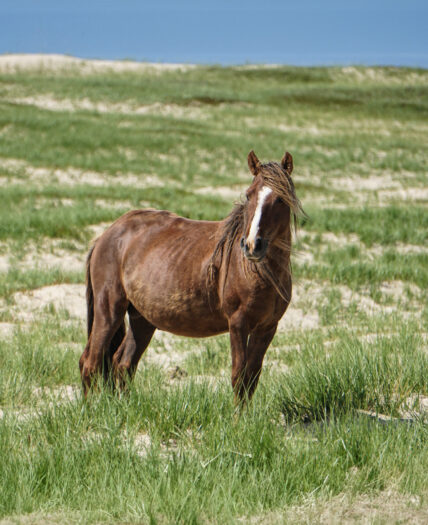
Photo Credit: Cline Owen
-
Day 6
Marine Protected Area
Mysteries of the Deep
The Ocean Endeavour is our floating observatory today as we enter the marine protected area known as The Gully, the largest underwater canyon in the western North Atlantic, plunging to a depth of 1.5 miles (2.5 km). Around 30 species of cold-water coral create hospitable communities that support a diverse ecosystem of shallow and deep-water fish and tiny plankton, which draws the hungry attention of whales and dolphins. Onboard biologists give us the tools to identify the most common species we’re likely to see in this area, and citizen scientists (that’s you, if you choose) can record their findings to be submitted to ongoing research in the area.
Included Meals
All on-board meals
Accommodations
Your cabin on the Ocean Endeavour
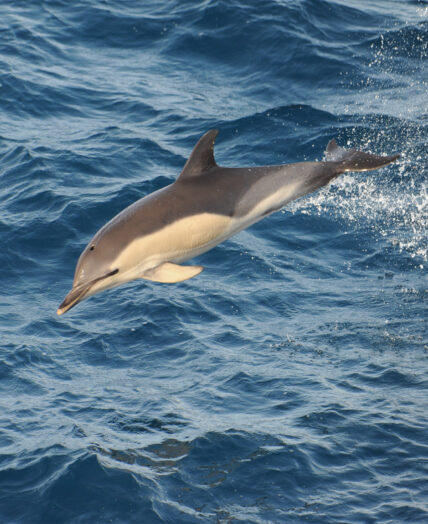
Photo Credit: Mike Beedell
-
Day 7
Bird Islands
Our Feathered Friends
With binoculars at the ready, we set out by Zodiac to Hertford and Ciboux Islands, collectively known as the Bird Islands. These tiny islands are a critical breeding and nesting site for many species of seabird. The steep cliffs of the islands make a perfect home for the clown-like puffins, and the largest colony of great cormorants in Canada. Black-legged kittiwakes, razorbills, black guillemots and Leach’s storm-petrels also make their nests here. The sound of thousands of birds is just as exciting as seeing our first teeny puffin furiously flapping its wings in comically improbable flight.
Included Meals
All on-board meals
Accommodations
Your cabin on the Ocean Endeavour
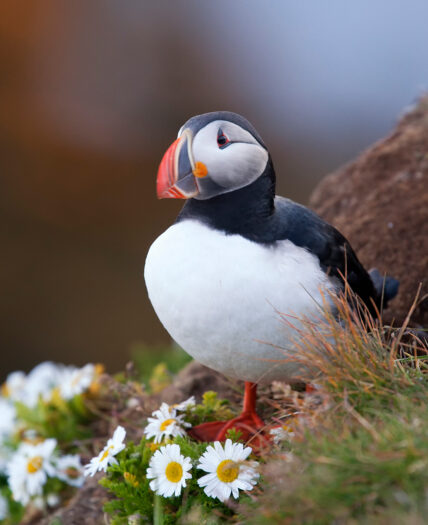
-
Day 8
Chéticamp
Acadian Welcome
Today we “call in” at the traditional Acadian fishing village of Chéticamp, on the western shore of Cape Breton Island. This sheltered harbor is loved for its rug-hooking museum, artisanal shops and restaurants where live music is known to spontaneously break out.
Nearby, Cape Breton Highlands National Park is treasured for its knock-out landscape and wildlife. If weather and mood permits, we’ll hike the Skyline Trail, which rewards us with skyline views of the Gulf of St. Lawrence and the metallic Atlantic Ocean.
Included Meals
All on-board meals
Accommodations
Your cabin on the Ocean Endeavour
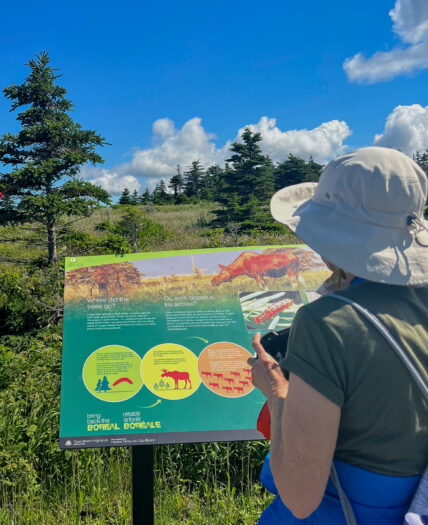
-
Day 9
Prince Edward Island
Home of Green Gables
Charlottetown is the capital of Canada’s smallest province and the birthplace of confederation, July 1, 1867. It’s easy to lose an afternoon on the main streets, lingering in bookstores, vinyl shops and indie stores offering handmade pottery, preserves and quilts.
Optional excursions include a visit to Green Gables, the setting of Lucy Maud Montgomery’s 1908 novel, Anne of Green Gables, or Lennox Island Mi’kmaq First Nation on Malpeque Bay. Around 450 residents call Lennox Island home and their Chief (Darlene Bernard) is a woman.
Included Meals
All on-board meals
Accommodations
Your cabin on the Ocean Endeavour
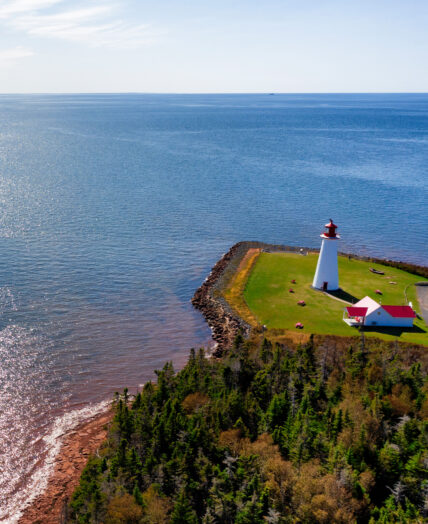
-
Day 10
Les Îles-de-la-Madeleine
La Belle Province
We spend today exploring the robust Acadian heritage, culture, cuisine and language of Les Îles-de-la-Madeleine (the Magdalen Islands). As we walk the shore path, we can see the effects of erosion on the striking red sandstone cliffs. The brave amongst us are welcome to take a chilly dip from one of the many beaches along the way. Meet some of the 12,000 or so friendly residents who call this archipelago home, and browse the shops and restaurants for handicrafts, or enjoy a fresh smoothie on a patio while watching the world go by.
Included Meals
All on-board meals
Accommodations
Your cabin on the Ocean Endeavour
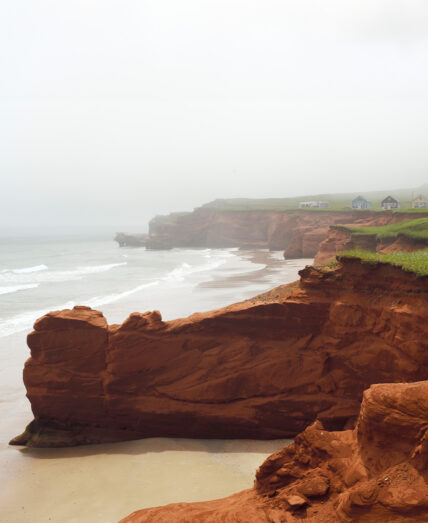
-
Day 11
Francois, Newfoundland
Join the Kitchen Party
Tucked into a narrow fjord on the south shore of Newfoundland, Francois is a remote and picturesque fishing village with a warm heart and adventurous spirit. We explore the town and hike to the stunning lookout points and waterfalls that surround it. Afterwards, we head to the community hall for an oversized kitchen party with refreshments and dancing. A day in Francois stimulates your soul and reminds you of the importance of good neighbors, stories and music.
Included Meals
All on-board meals
Accommodations
Your cabin on the Ocean Endeavour
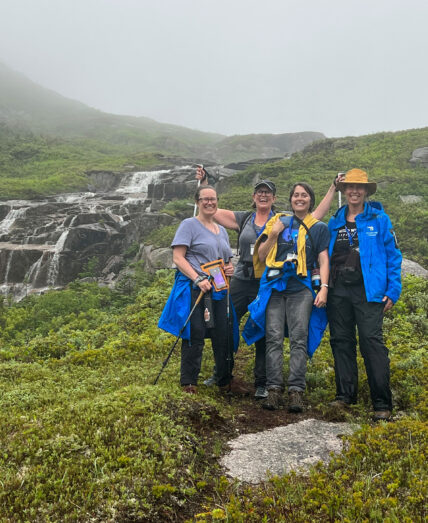
-
Day 12
Saint-Pierre, France
A French Farewell
Just off the shores of Newfoundland lie the islands of Saint-Pierre and Miquelon, an official territory of France. The French archipelago is just 12.4 miles (20 km) south of Newfoundland. Oui, c’est vrai! We’ll glimpse the charming colorful houses with wooden balconies and narrow cobblestone streets as we disembark the Ocean Endeavour one last time and take a bus tour to the airport for our charter flight to St. John’s, NL. We say our farewells to Atlantic Canada in this colorful town, a delightful finale to our trip.
Included Meals
All on-board meals
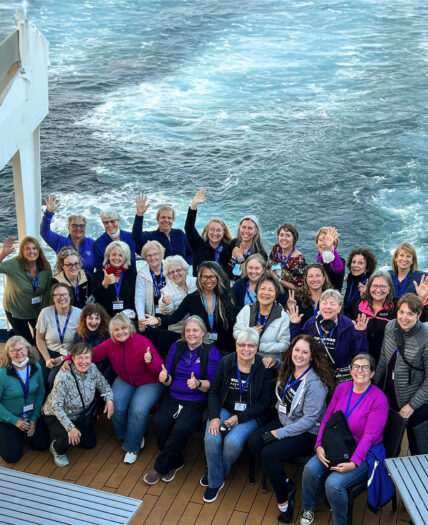

What’s Included
- Passage aboard the expedition ship Ocean Endeavour
- All onboard meals (even if you have seconds)
- Accommodation on the vessel (cabin categories 1–10 are subject to availability)
- A steely team of expert expedition staff
- Guided activities to stretch your legs and mind
- Sightseeing and community visits
- All Zodiac excursions
- Educational programming onboard, interactive workshops and evening entertainment
- A professional camera trial program for all skill levels
- Complimentary expedition jacket and rubber boots
- A handsome contribution to Adventure Canada’s Discovery Fund that supports local youth outreach, community support and habitat projects
- A Wild Women Expeditions Host
- Special access permits, entry and park fees
- Port fees, applicable taxes and the time of your life
What’s Excluded
- Charter Flight from Saint-Pierre, France to St. John’s, Newfoundland
Additional fee for 2024: $495 USD - Gratuities
- Personal Expenses
Please Note:
Upon booking, a charter flight arrangement will be made for you by Wild Women Expeditions and added to your trip’s final balance.
All applicable taxes are included in the trip price.
Adventure Canada itineraries may be subject to change without notice due to weather, ice and sea conditions. Please review our Booking Terms.
Trip Add-Ons
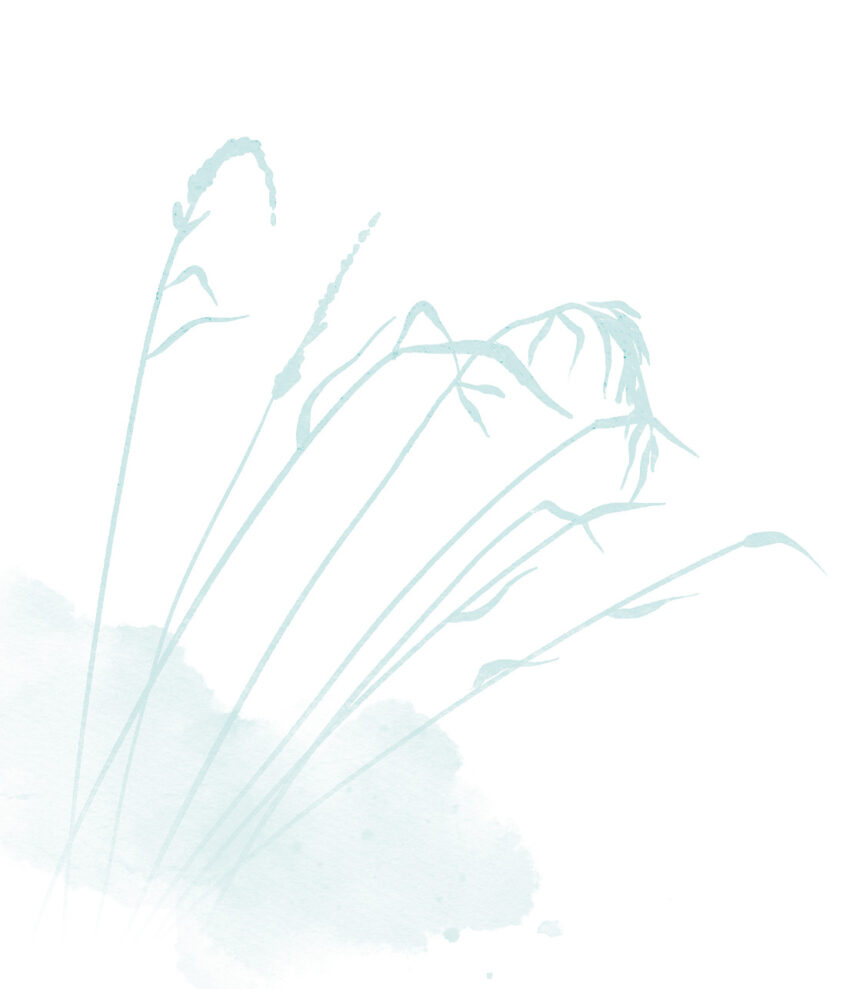
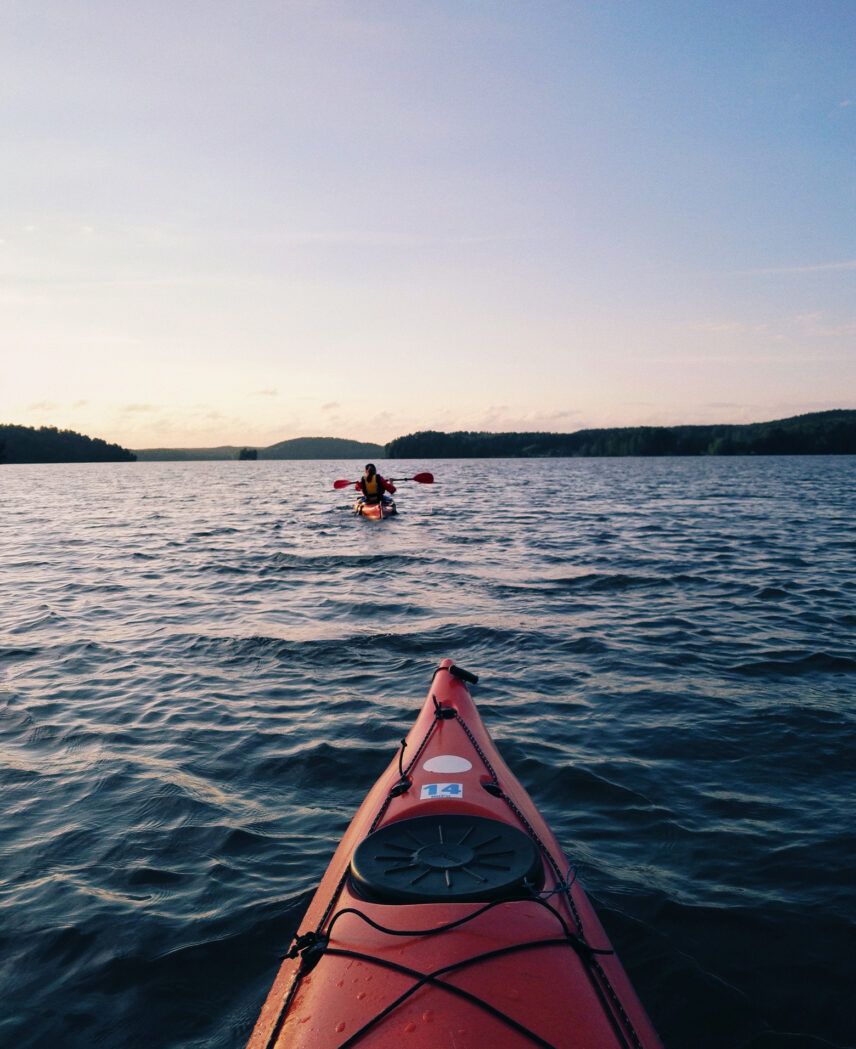
Kayaking
$800 USD Per Person
Join us for this rare opportunity to experience magical places by water. Our qajaq (Inuit for “kayak”) program will bring you through pristine waters, near marine life and along a historic coastline. Limited space is available per departure, and an application process is required for this activity. Some kayaking experience is required.
*Price based on 2024 departure date.

Bicycle Rentals
Explore the stunning Arctic landscape on two wheels. A fleet of Kona mountain bikes is available for rent during set times throughout each expedition. Cycling excursions are only available in predetermined community visits, and passengers will be notified when they are available one to two days in advance of the excursion of the daily recap.
*Prices may vary based on departure dates.

The Ship & Cabins

The Ocean Endeavour
The Ocean Endeavour is a 198-passenger ice-strengthened vessel with twenty Zodiacs, advanced navigation equipment and stabilizers. A doctor, paramedic and medical clinic offer complete peace of mind. The ship has several lounge areas, a library and multiple viewing decks, where you can relax by yourself or with your newfound crew.
Ship Specifications
Capacity: 198 passengers
Crew: 124
Registry: Bahamas
Ice Class: 1B
Length: 137 metres (450ft)
Breadth: 21 metres (19ft)
Draft: 5.8 metres (19ft)
Cruising Speed: 15 knots
Safety Features: 6 fully enclosed lifeboats and 8 life rafts. The ship has an ice-strengthened hull and the lifeboat and life raft capacity exceeds SOLAS requirements with at least 25% additional capacity above the number of people on board.
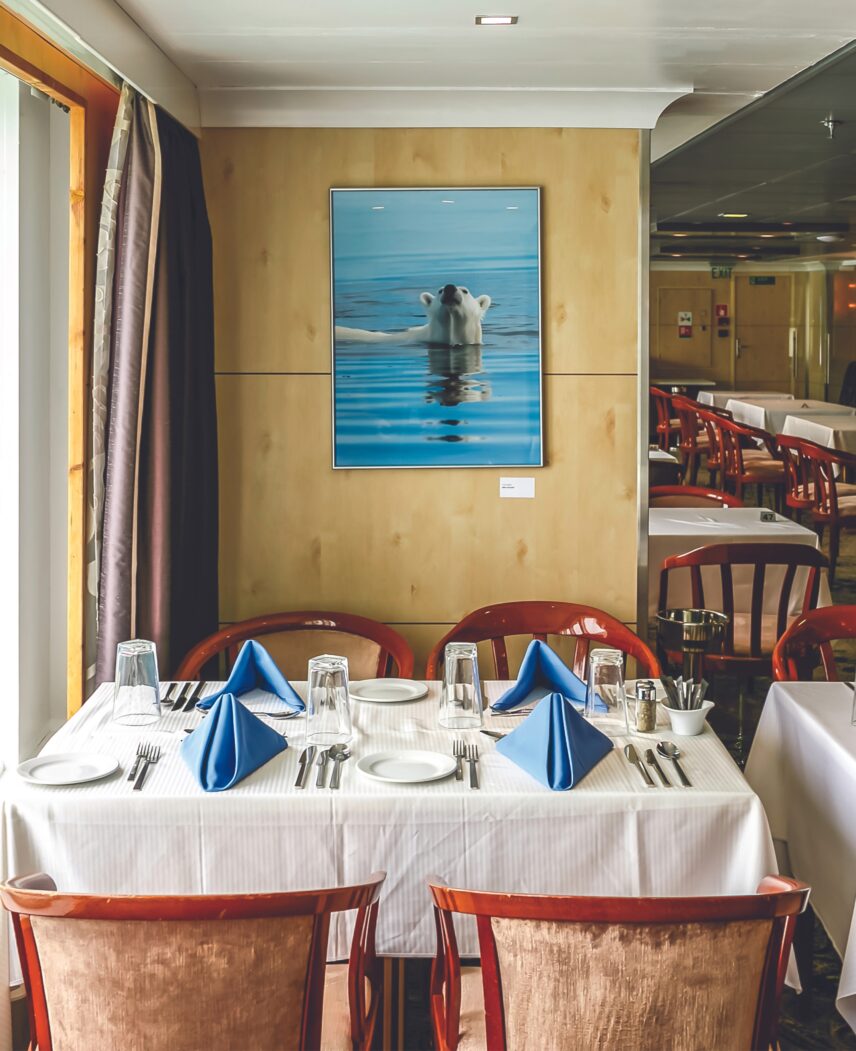
Food on Board
Enjoy open-seating meals in the roomy Polaris Restaurant, surrounded by ocean views. Adventure Canada staff mingle and share their expertise over meals. Breakfast and lunch include a wide variety of tasty and healthy choices. Globally inspired a la carte suppers offer options to suit every taste, including fish and vegetarian options. Desserts, made fresh daily, are a highlight! Food sensitivities, special diets, and personal choices can be accommodated with advance notice. Early-bird breakfast, afternoon tea, late-night snacks, and treats round out the offerings. And tea, coffee, and cookies are always available!
Life on Board
Life aboard Ocean Endeavour is as relaxed or as engaged as you want it to be. The onboard spa, library, hot tub, sauna, gift shop, multiple lounges, and viewing areas offer comfort and ease. Our programming is designed to enhance your understanding and appreciation of the regions we visit. Presentations, workshops, entertainment, and special events complete the excursions. From dances to polar plunges, from lounge concerts to theme parties, we love to have a great time together!
Choose Your Cabin
Below are details about the cabin options available. Most cabins are shared with one of your new Wild Women friends. However, the earlier you book, the more likely you are to be paired with your travel companion or receive one of the few solo rooms.
Cabin Category 7
Select Twin
- Picture windows, unobstructed view
- Two lower berths
- Private bath
- Hair dryer, bathrobe, towels, body wash, and hair care products
- Intercom, telephone, and flat screen TV
- Approximately 190 square feet
Cabin Category 6
Comfort Twin
- Two porthole windows, unobstructed view
- Two lower berths
- Private bath
- Hair dryer, bathrobe, towels, body wash, and hair care products
- Intercom, telephone, and flat screen tv
- Approximately 175 square feet
Cabin Category 5
Main Twin
- Picture windows, unobstructed view
- Two lower berths
- Private bath
- Hair dryer, bathrobe, towels, body wash, and hair care products
- Intercom, telephone, and flat screen TV
- Approximately 115 square feet
Cabin Category 4
Exterior Twin
- Porthole window, unobstructed view
- Two lower berths
- Private bath
- Hair dryer, bathrobe, towels, body wash, and hair care products
- Intercom, telephone, and flat screen TV
- Approximately 100 square feet
Cabin Category 3
Interior Twin
- Interior cabin
- Two lower berths
- Private bath
- Hair dryer, bathrobe, towels, body wash, and hair care products
- Intercom, telephone, and flat screen TV
- Approximately 120 square feet
Cabin Category 2
Triple
- Interior cabin
- Three lower berths
- Two private baths
- Hair dryer, bathrobe, towels, body wash, and hair care products
- Intercom, telephone, and flat screen TV
- Approximately 200 square feet
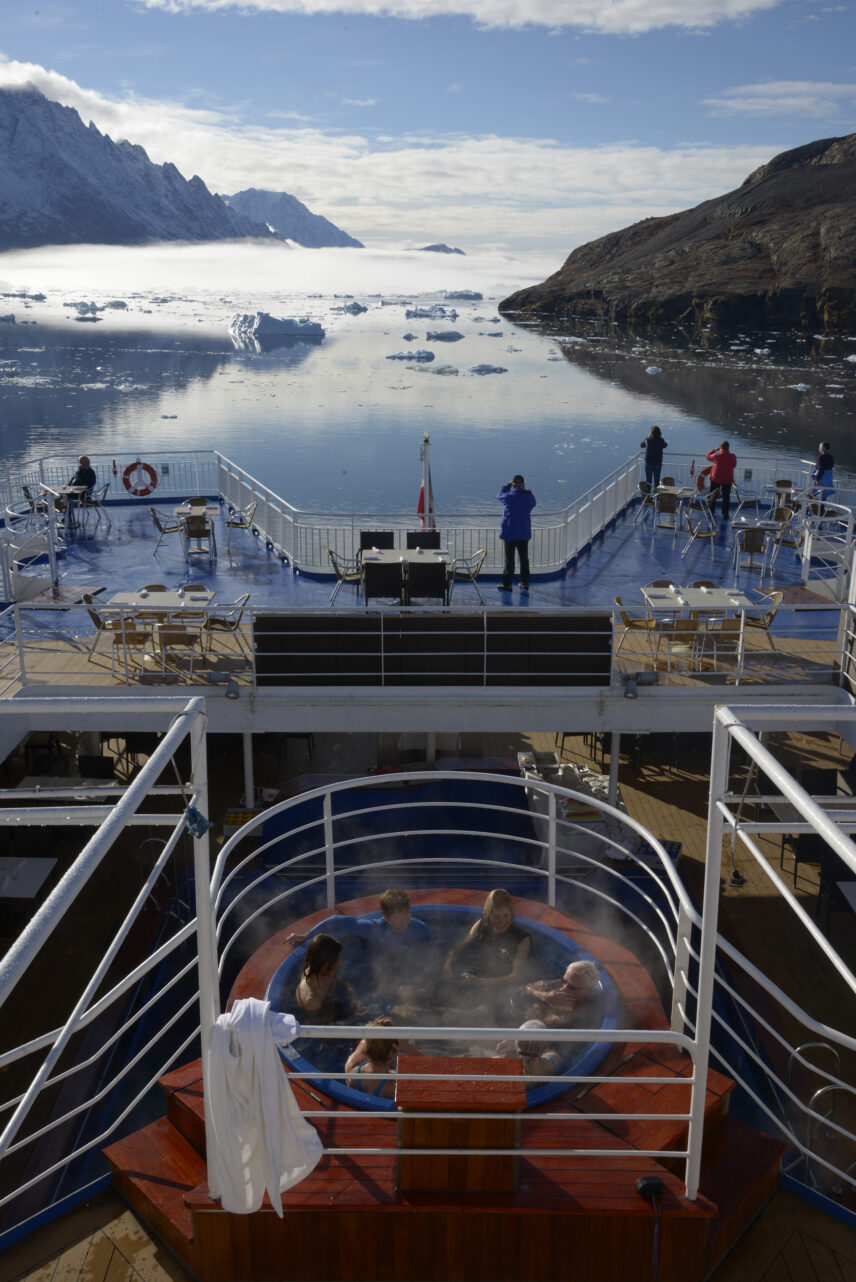
Hot Tub
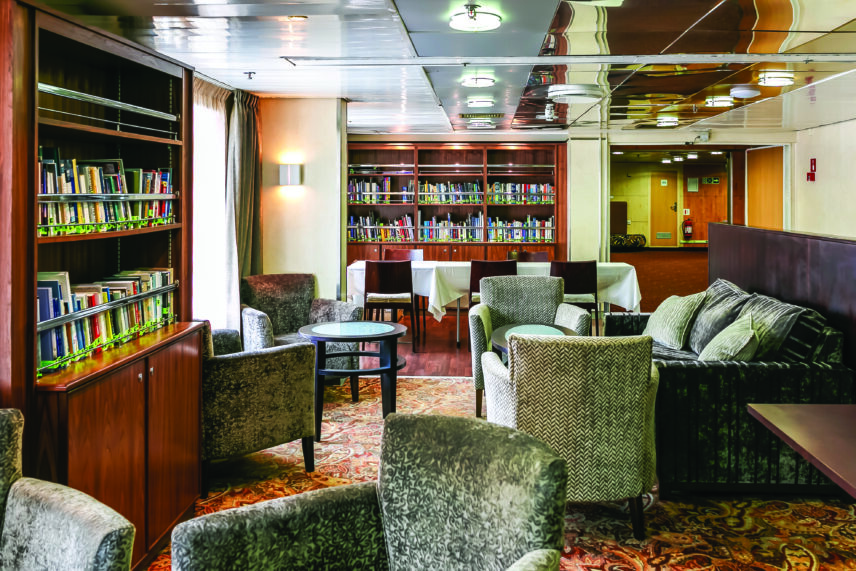
Compass Club – Library
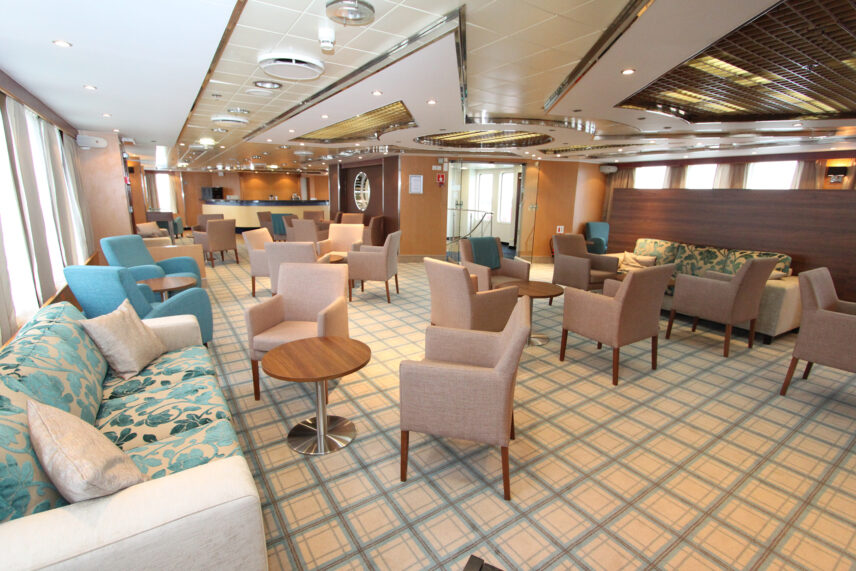
Meridian Club
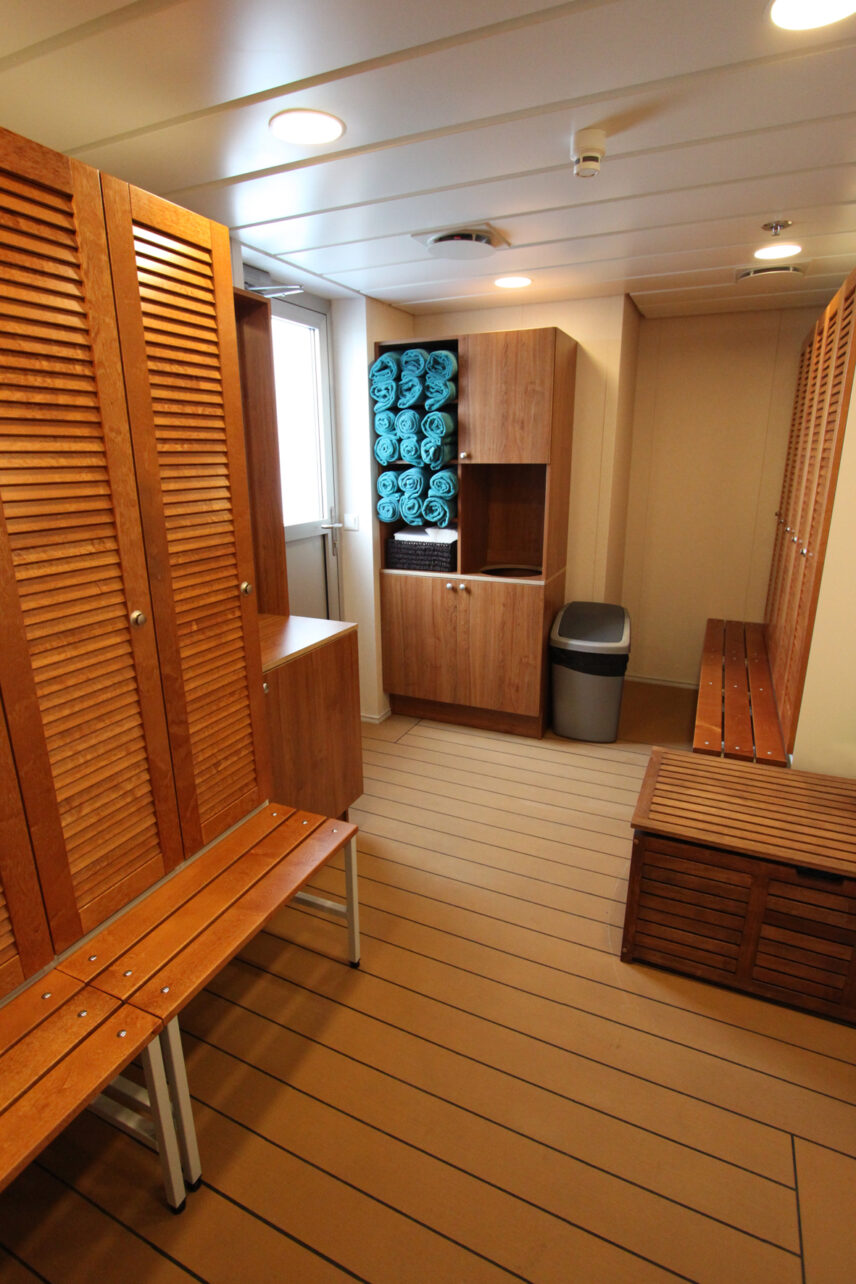
Sauna
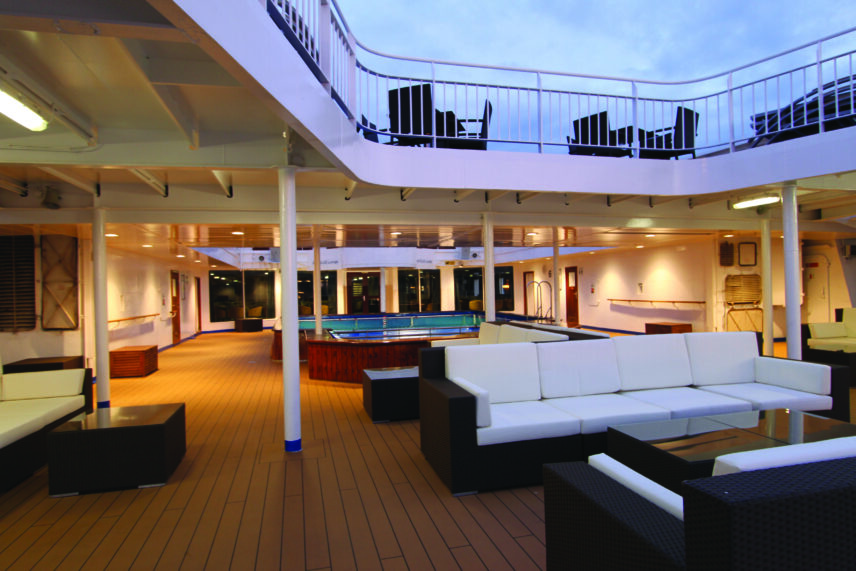
Pool Deck – Stern
Cabin Upgrades
While we have reserved the cabin options above, you may have the option to book a different cabin for an additional cost, subject to availability.
Cabin Category 10
Suite
- Forward-facing picture windows, unobstructed view
- Matrimonial bed (bigger than US double but smaller than a Queen)
- Private bath with full tub
- Refrigerator
- Hair dryer, bathrobe, towels, body wash, and hair care products
- Intercom, telephone, and flat screen TV
- Approximately 310 square feet
Cabin Category 9
Junior Suite
- Picture windows, unobstructed view
- Matrimonial bed (bigger than US double but smaller than a Queen)
- Private bath
- Sitting area
- Hair dryer, bathrobe, towels, body wash, and hair care products
- Intercom, telephone, and flat screen TV
- Approximately 270 square feet
Cabin Category 8
Superior Twin
- Two picture windows, unobstructed view
- Two lower berths
- Private bath
- Sitting area
- Hair dryer, bathrobe, towels, body wash, and hair care products
- Intercom, telephone, and flat screen TV
- Approximately 210 square feet
Cabin Category 1
Quad
- Interior cabin
- Four lower berths
- Private bath
- Hair dryer, bathrobe, towels, body wash, and hair care products
- Intercom, telephone, and flat screen TV
- Approximately 240 square feet

Trip Details
The Ocean Endeavour
While you’ll be with the Wild Women group, this isn’t an exclusive Wild Women Expeditions or 100% women-only trip. The Wild Women group size can range from 10 to 40 women, but there will be other passengers along for the journey. In addition, the staff and crew of the Ocean Endeavour, a 198-passenger ship, will also be co-ed.
Our Expedition Cruise Partner’s Client Portal
Approximately three to four months prior to departure, you will receive an email with a unique URL link to our partner’s information portal. Please carefully and thoroughly complete these forms with your current personal and medical information, dietary preferences or requirements and other information as requested.
Arrival and Departure
This expedition starts in St. John’s, Newfoundland (airport code: YYT) and finishes in St.John’s Newfoundland (airport code: YYT).
The Wild Women Way
If you’re wondering how we roll, it’s together. The Wild Women Way is our modus operandi, our mantra and our rock solid foundation. You can learn more about our Wild Ways HERE.

How We Support You
Ready for a big adventure? On this trip we brave the elements, hike uneven coastal terrain and have several Zodiac transfers (from the ship to Zodiac and from Zodiac to shore). Yes, it can be a challenge, but you’re never alone. Like thousands of women before you, you’ll draw on the strength you didn’t know you had and tap into your inner explorer.
Like all our trips, this trip can be scaled to suit different abilities and comfort levels. Still have concerns? Let’s talk about it.
What the Trip Entails
- Entering and exiting the Zodiacs
- Maneuvering around tight spaces
- Walking on uneven terrain
- Being on a boat for an extended period of time
- Due to strong currents, there may be moderate movement on the vessel while navigating (most passengers are not affected)
- If you choose to go on the kayaking excursions, some kayaking experience is required
- Please note that Wild Women small ship expeditions are not 100% Wild Women exclusive or women-only. Staff, crew and fellow passengers on the Ocean Endeavour will be co-ed
- Physical Rating: Easy (Some physical activity included. Trips are the most leisurely with an average of 1-4 hours of physical activity each day.)










